Doctors Reveal 10 Surprising Vitamin Deficiency Causes

Having a vitamin deficiency is usually not a major medical problem. For example, your doctor may recommend a vitamin D supplement during the winter when you’re not being exposed to it naturally from the sun. Or, you may proactively take a multivitamin to cover all your bases. And we’re sure you know that it’s important to consume a well-rounded diet of fruits, vegetables, lean protein, and whole grains—and limit your intake of processed foods.
But often what gets overlooked is the root of your deficiency, which could be harming your health in other ways. To glean some more insight into this subject matter, we spoke with doctors to learn about the most common causes of vitamin deficiency.
RELATED: 21 Surprising Signs You Have a Vitamin Deficiency.
1
Stress

Stress can wreak havoc on so many aspects of our health, and vitamin deficiencies are no exception.
As Serena Poon, a certified nutritionist and a longevity and wellness advisor, explains, when our bodies are fighting oxidative stress, they require additional B vitamins and vitamin C, which can lead to a deficiency.
Moreover, a 2019 review published in the journal Advances in Nutrition concluded that: “The largest body of evidence demonstrates stress-induced depletion of magnesium and zinc, although several studies (both human and animal) demonstrate the effects of stress on calcium and iron concentrations.”
2
Aging
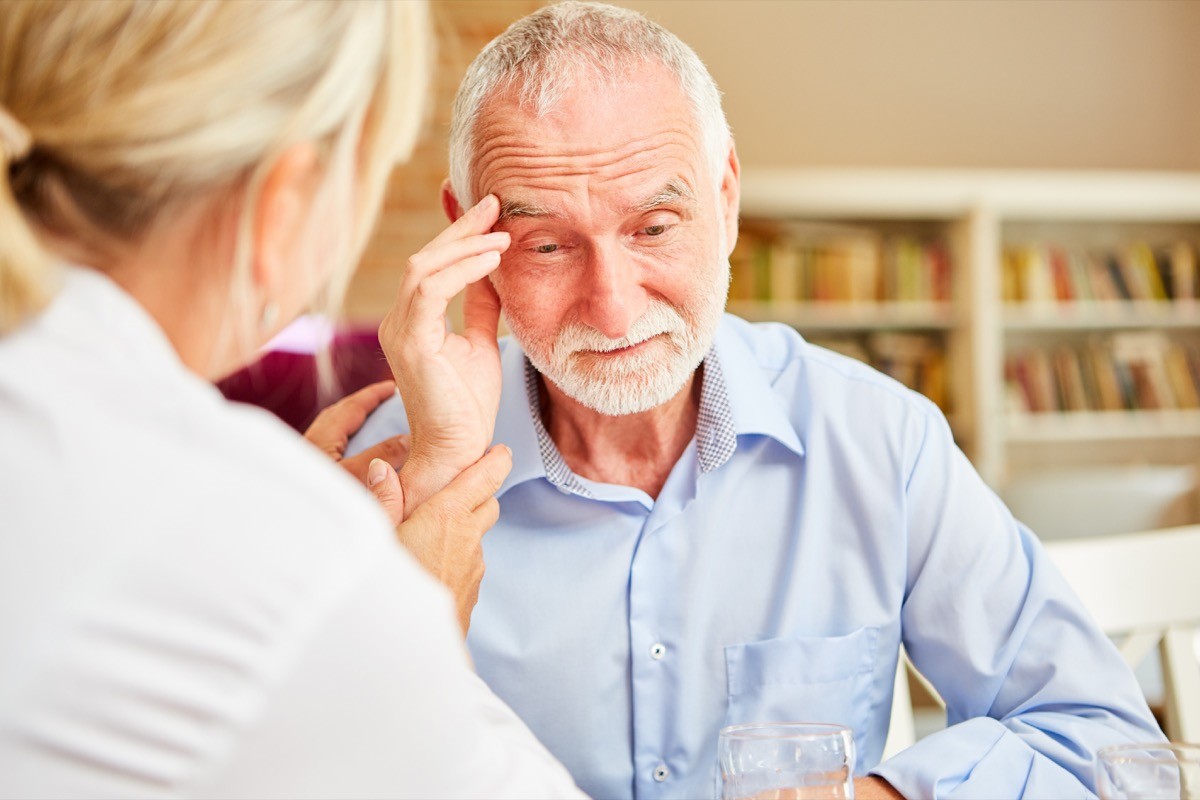
“As we age, our bodies naturally become less efficient at absorbing and synthesizing essential vitamins,” notes Poon.
The main culprit is that our stomach acid declines as we age, which is also known as hypochlorhydria. As Cleveland Clinic explains, “Stomach acid is necessary for digestion and absorption of protein, vitamin B12, and several minerals.”
A vitamin B12 deficiency can then lead to iron deficiency anemia or vitamin deficiency anemia.
RELATED: 7 Protein Deficiency Symptoms, According to Doctors.
3
Vegan and vegetarian diets

When you follow a vegan or vegetarian diet, you may not consume as much iron as someone who eats meat.
“Even though many plant-based foods are still a good source of iron, the body has a harder time absorbing iron from plants than from animal products,” explains Patricia Pinto-Garcia, MD, MPH, medical editor at GoodRx.
“People can also develop B12 deficiency if they don’t eat any animal-based products (dairy, meat, etc.) since B12 is not found in plant-based foods,” she adds.
4
Alcohol Use Disorder (AUD)

Excessive drinking can lead to a deficiency of B vitamins like thiamine (B1), folate, and vitamin B12, says Peter Brukner OAM, MBBS, a board-certified nutritionist and dietician and the author of A Fat Lot of Good.
“This happens because alcohol can disturb the intestines’ way of taking in vitamins and also affects how the liver keeps them,” he explains.
In addition, people suffering from AUD may have stomach inflammation, “which makes people more prone to nausea, vomiting, and decreased appetite,” notes Pinto-Garcia.
5
Smoking
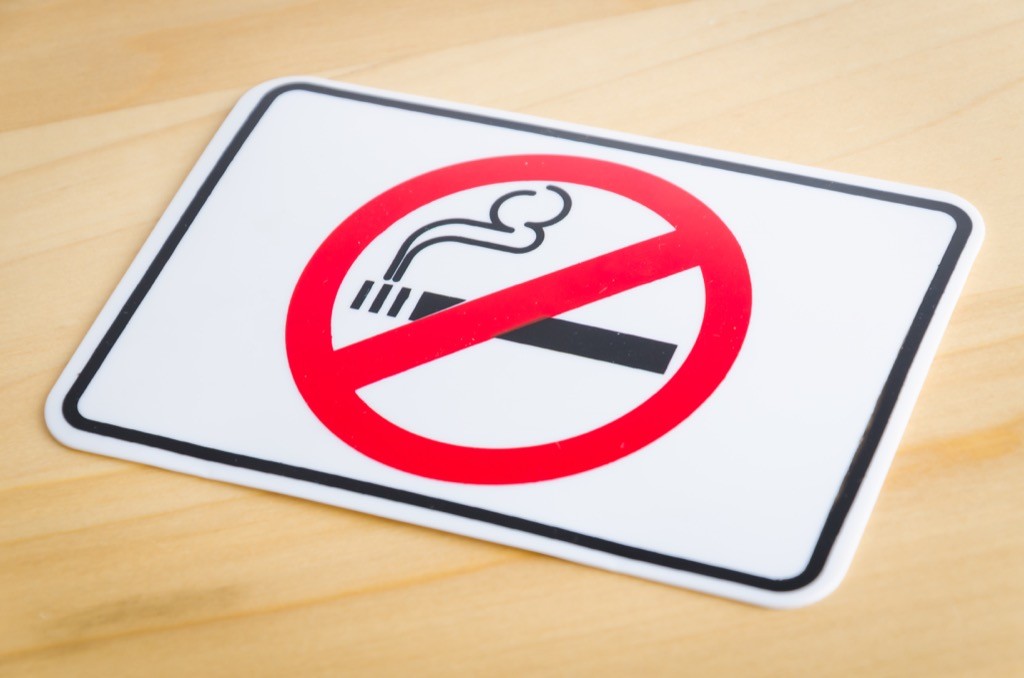
There is nothing good about smoking, so it’s unsurprising that the habit can cause vitamin deficiencies.
Specifically, Poon says that smoking can cause vitamin C deficiency, “which compromises immune health and tissue repair.” This correlation was proven by an often-cited 1989 study.
RELATED: 16 Vitamin D Deficiency Symptoms to Watch Out For, According to Doctors.
6
Medications
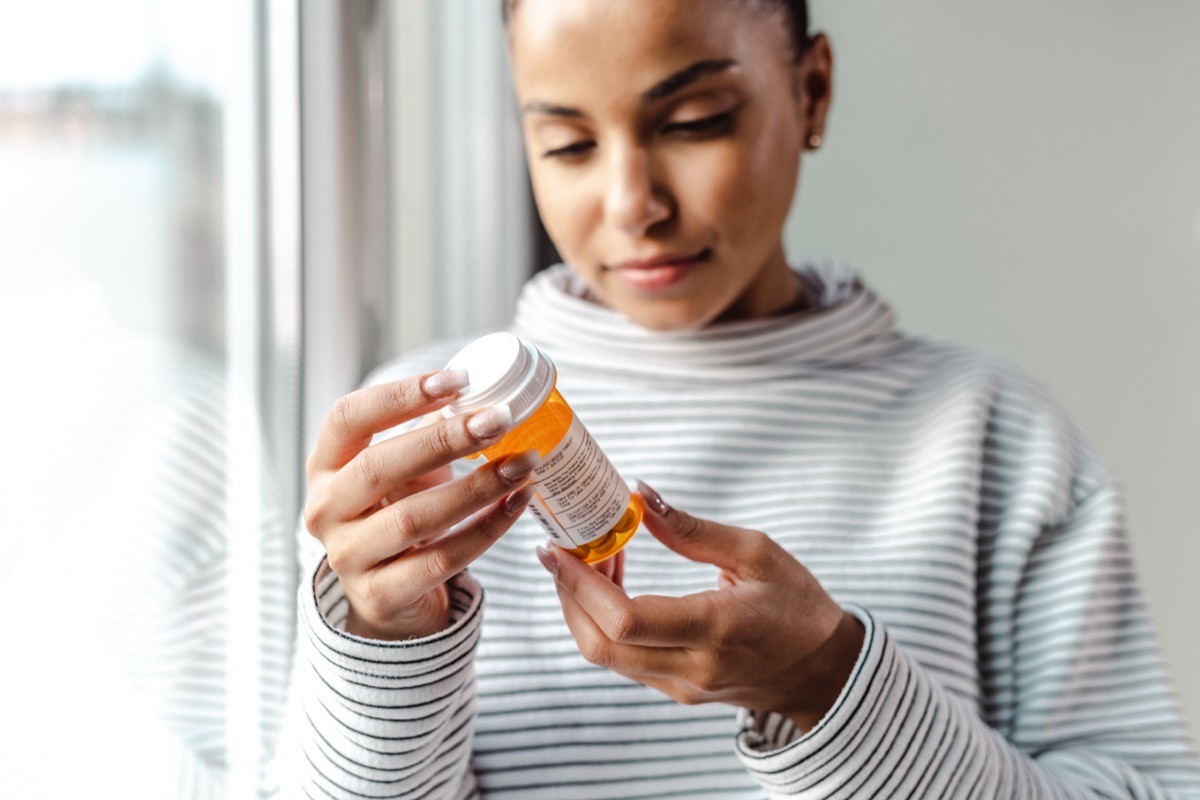
Certain medications can also affect the body’s ability to absorb nutrients.
“For example, proton pump inhibitors (PPIs), which people often use to treat acid reflux, can reduce the amount of stomach acid,” explains Brukner. “This can make the body have difficulty taking in vitamin B12 and magnesium.”
He adds that some diuretics can cause a deficiency in potassium and/or magnesium.
7
Hormonal changes

“Hormonal fluctuations, whether due to conditions like hypothyroidism or during life stages such as pregnancy, can alter the body’s vitamin requirements,” notes Poon.
“Pregnant women, for instance, require higher levels of folate (vitamin B9), iron, and vitamin D to support the growing fetus and prevent complications,” she explains.
Daniel Perl, MD, a gastroenterologist at Manhattan Gastroenterology, also points out that women with heavy menstrual flows may experience iron deficiencies because of the excess blood loss.
RELATED: Folate Deficiency: 5 Signs You’re Not Getting Enough Vitamin B9.
8
Inflammatory Bowel Disease (IBD)
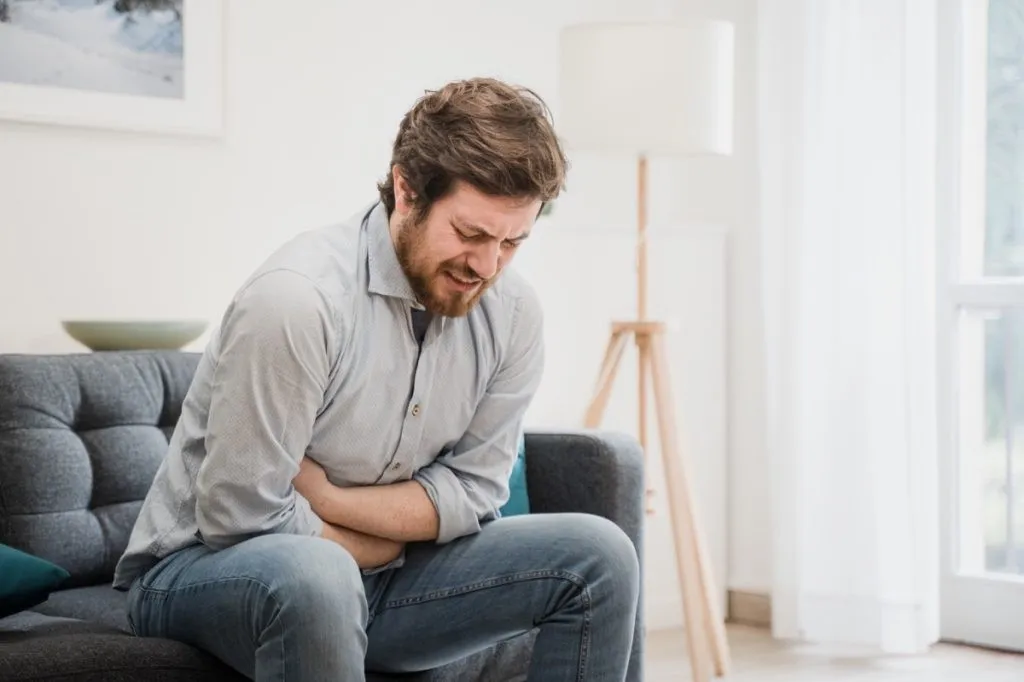
Inflammatory bowel diseases, including ulcerative colitis and Crohn’s, can also lead to vitamin deficiencies, says Pinto-Garcia, noting that, according to research, half of people living with IBD may develop a vitamin deficiency.
“This happens because the conditions affect how well the bowel absorbs vitamins and nutrients,” she explains. “Common deficiencies include vitamin K, B12, iron, zinc, and other B vitamins. Treatment for IBD can help manage inflammation and prevent further gut damage.”
Perl adds that gastrointestinal issues like hemorrhoids, colon polyps, stomach ulcers, stomach cancer, colon cancer, and celiac disease can cause blood loss in the GI tract and, therefore, iron deficiency.
9
Gastric bypass surgery
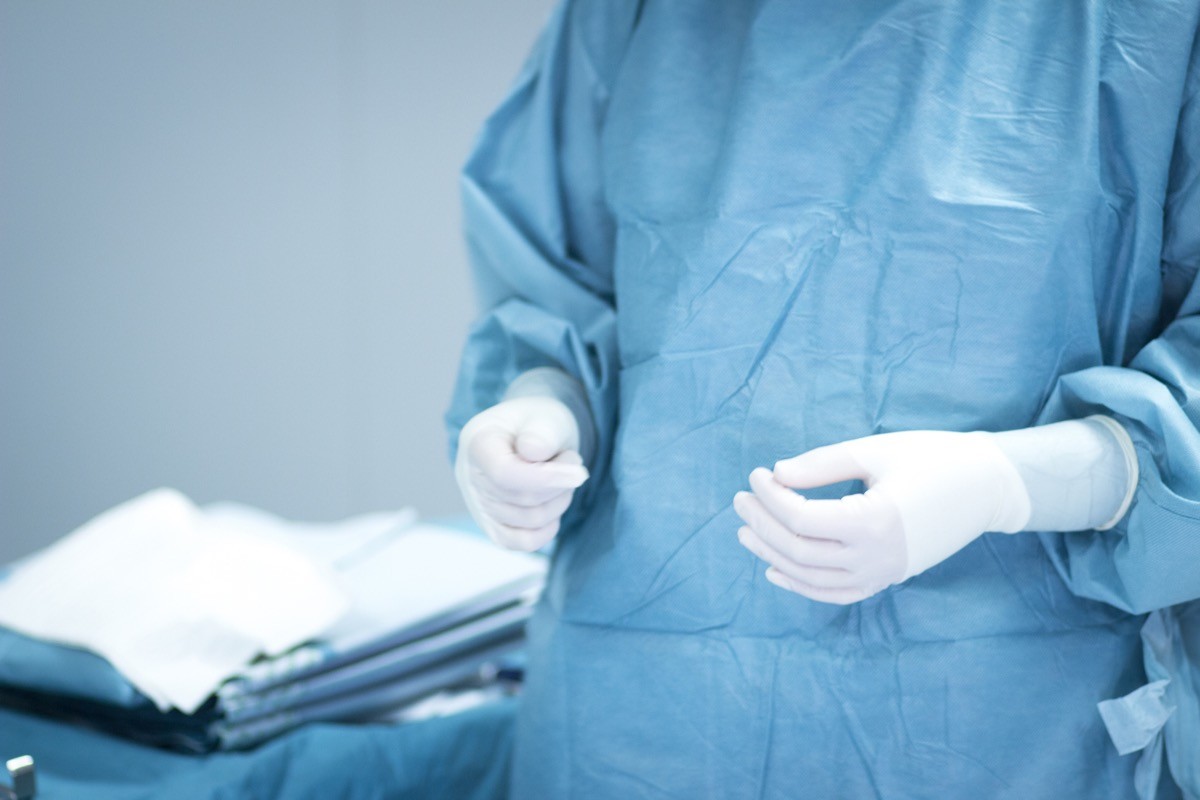
Gastric bypass surgery, a weight-loss procedure in which your stomach and small intestine are surgically altered, “changes how well the stomach and intestine can absorb vitamins from food,” says Pinto-Garcia.
Vitamin B12, iron, vitamin D, and copper are the most common vitamin deficiencies associated with the surgery, and Pinto-Garcia says they can happen quite quickly.
“It’s important to work with a registered dietitian to create structured meal plans and follow the bariatric team’s recommendations about vitamin supplements,” she therefore advises.
10
Chronic health conditions
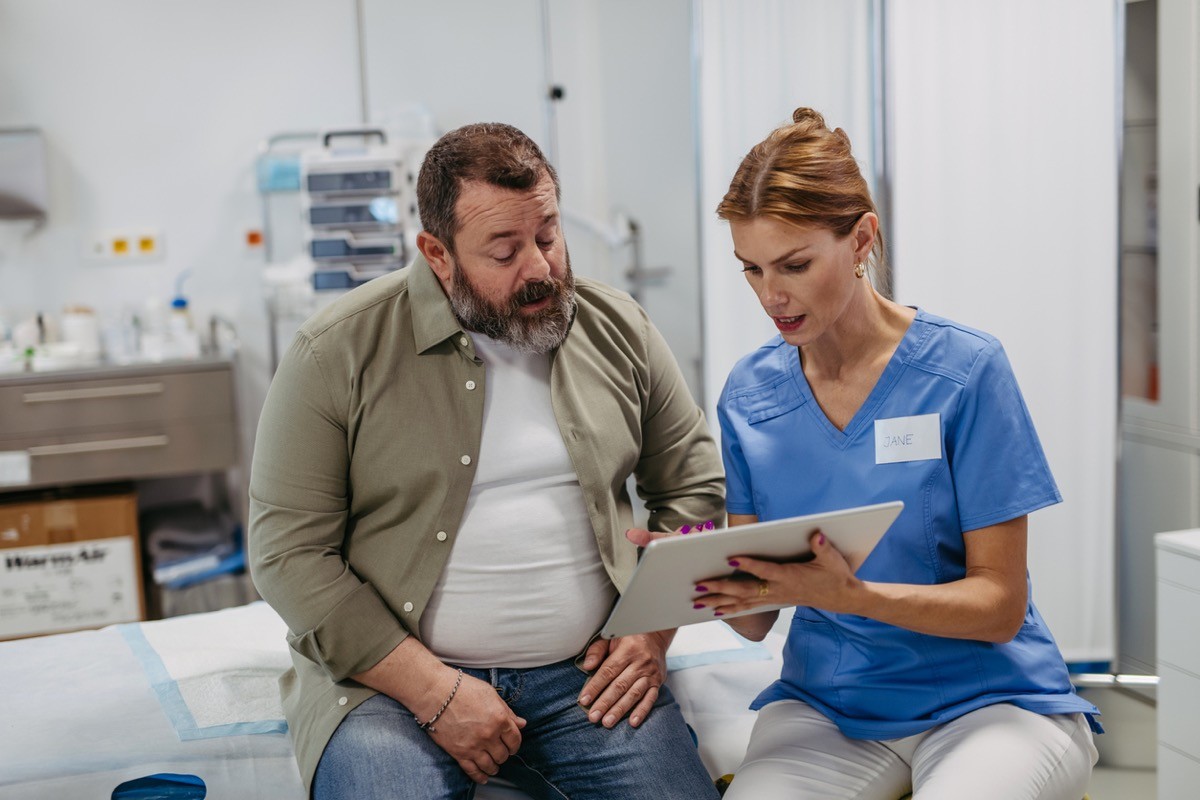
Poon says that chronic health conditions such as liver or kidney disease can affect how your body absorbs vitamins.
“For instance, the liver is essential in converting vitamin D to its active form, and without this conversion, vitamin D cannot support bone health or immune function,” she explains.
“Likewise, kidney disease can impair vitamin D metabolism, increasing the risk of deficiency-related complications such as bone disorders,” she adds.
Of course, if you believe you may be suffering from a vitamin deficiency, the first step should always be speaking with your healthcare provider.